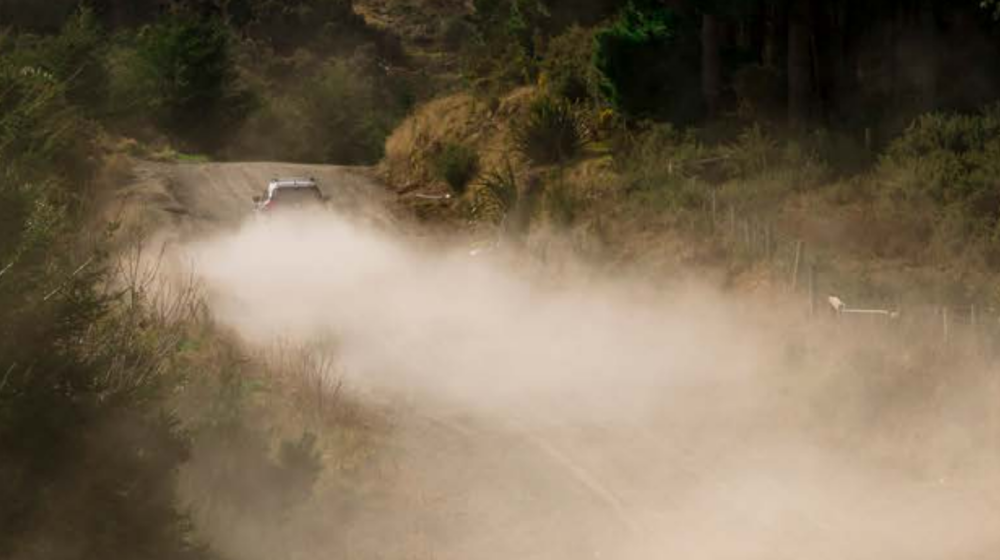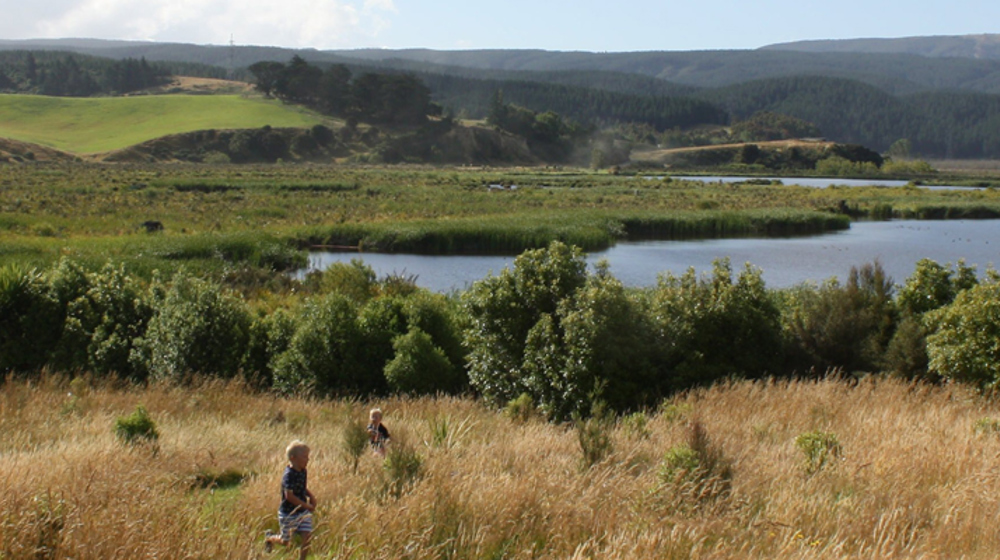
Coastal permits
Any sort of building on the foreshore restricts public access to, and along, that piece of coast. Our Regional Plan: Coast for Otago has rules in place to protect the cultural, natural and amenity values of the coastal marine environment.

Dam consenting requirements
A dam's safety is dependent on its design and construction, how it is operated, and how its maintained.

Doing works in or around wetlands
There are different rules depending on the type of wetland and what activity you are proposing to do in or near wetlands.

Dust suppression
Our road maintenance protects you from negative environmental effects, such as dust generation on unsealed roads.

Fish passage and instream structures
New Zealand has more than 50 species of native freshwater and sports fish. It’s important that in-stream structures such as culverts and weirs are designed to allow for fish passage.

Gravel extraction
We work with the community to ensure the sustainable use of our natural resources. One such way is by ensuring the safe and sustainable extraction of alluvium (rock, gravel, sand and silt).

Sale or purchase of blocks of land
When there's a sale or purchase of blocks of land, the NES Freshwater Regulations 2020 affect the rules for intensive winter grazing on farms over 20 hectares. Find more information on how buying or selling land can affect your winter grazing.

Sediment traps
Find out about standards for traps, if you need a resource consent and to access an application form.

Willow removal
Willows are a group of introduced tree species that were brought to New Zealand in the early 1800s and widely planted for bank stability.

Working in and around rivers, lakes, and wetlands
There are both regional and national rules which that may apply to doing works in and around rivers, lakes, and wetlands.
